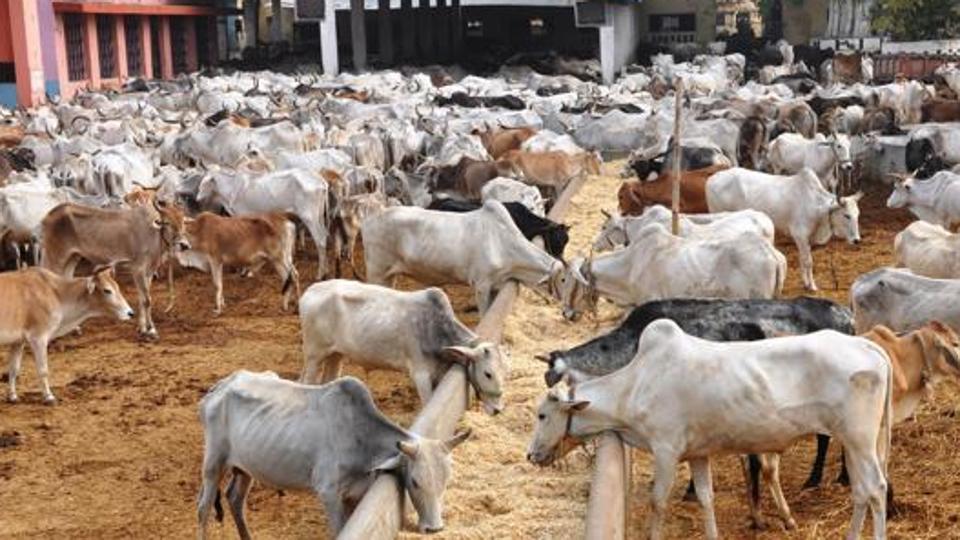- What is Livestock?
- Livestock are animals that are domesticated and raised in an agricultural setting to produce commodities such as food, fiber, and labor.
- They include cattle, goats etc
- The breeding, maintenance, and slaughter of these animals, known as animal husbandry
- What is Mixed Farming?
- Mixed farming is a farming system, which involves the growing of crops as well as the raising of livestock
- What are the advantages of Mixed Farming?
- Mixed Farming offers highest return on farm business, as the by-products of both farm and livestock are properly utilized.
- It provides work throughout year.
- Provides efficient utilization of land, labor, equipment and other resources.
- Crop by-products such as bus, straw, fodder are used for feeding of livestock and in return they provide milk.
- Manures available from livestock are useful in maintenance of soil fertility.
- It helps in supplying all the food needs (food security) of the family members.
- Intensive cultivation is possible.
- Provides livelihood security in case of drought, floods.
- Milk cattle’s provide draft animals for crop production and rural transport.
- Mixed farming increases social status of the farmer.
Types of livestock on basis of their utility:
- Dairy (Milch) breeds:
- Cows (Females): Gives high amount of milk
- Bull (Males): are not good for work at farm
- Examples: shahiwal, Red Sindhi, Gir and Deoni
- Draught breeds:
- Cows yield poor milk production
- Bulls are good at draught and are used for carrying out agricultural work like tilling, irrigation and carting.
- Examples Kangayam, Umblacherry, Amritmahal, Hallikar.
- Dual Breeds:
- Cows are good at milk production
- Bulls are good at doing work
- Examples Ongole, Hariana, Tharparker, Kankrej, Krishna valley, Rathi and Goalo Mewathi.


